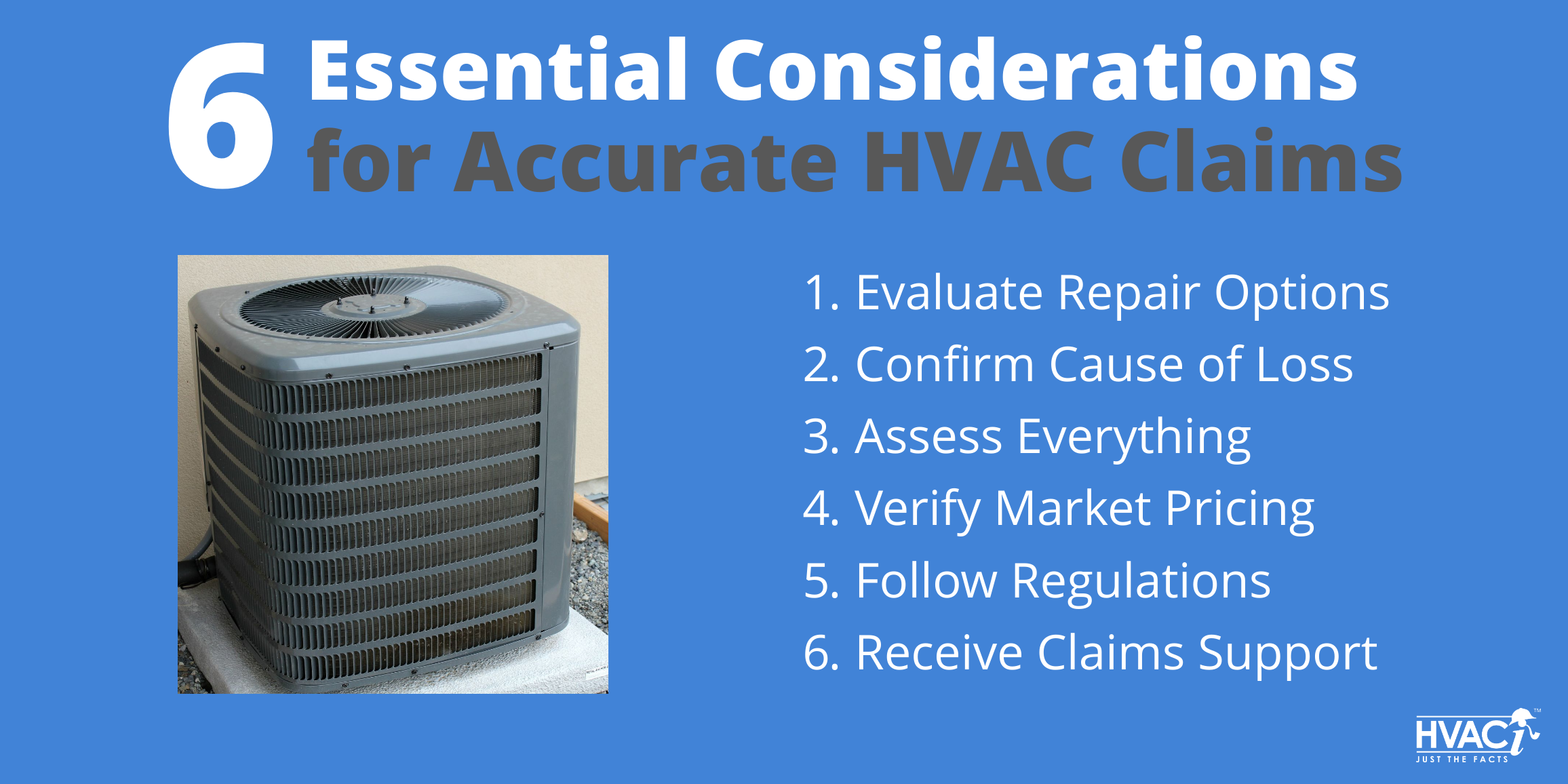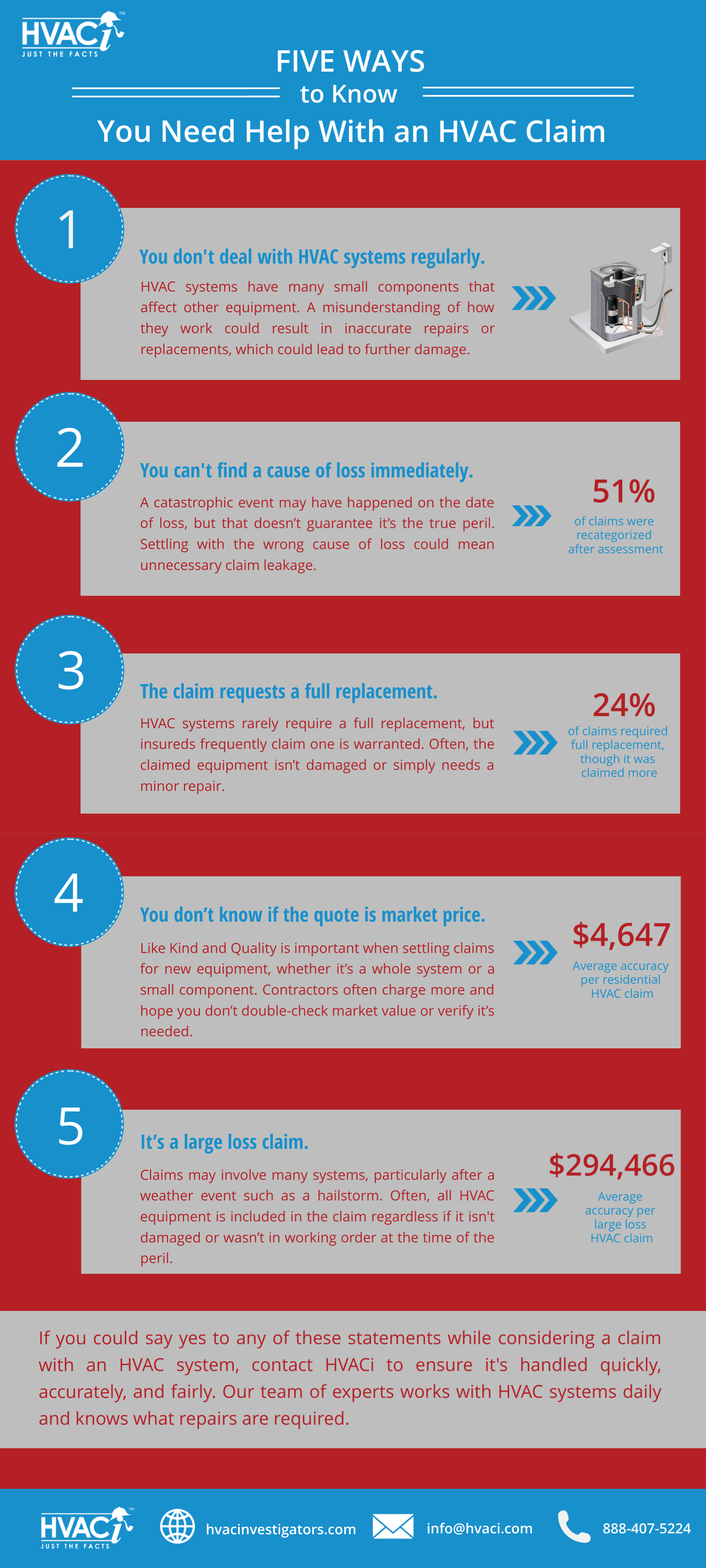5 Insights to Achieve Effective Policyholder Communication
Effective communication and superior customer service can be just as important as the claim result to a policyholder. While it sounds easy, a lack of communication is a common complaint among insureds against their property insurance carriers. Adjusters can help in the effort to close that gap by following these tips while handling claims.
Whether in person, on the phone, or through electronic means, it’s important insurance professionals explain claims thoroughly while still maintaining empathy and superior customer service. Photo Credit: “Workplace” by Free-Photos / CC BY 4.0
1. Maintain an Empathetic Tone
It doesn’t matter if the claimed item is something small or very costly. If your policyholder contacted you, that means it’s important enough to them and worth the time, effort, and resources to file a claim. Showing and maintaining empathy – regardless of whether the incident winds up resulting in a settlement – is critical. This demonstrates to the policyholder that you genuinely care for them as a customer.
Empathy can go a long way. Make sure it isn’t forced like it came from a script or so over the top that it seems fake. If the claim doesn’t merit a settlement, it’s important to relay the news in a caring way but still firm enough that the policyholder understands this decision was necessary.
2. Keep an Open Line of Communication with a Variety of Options
Adjusters should provide multiple methods for insureds to obtain an answer. Make sure to give policyholders email addresses, phone numbers, and other information for who to contact if they have questions. If they do reach out to you, make sure to be responsive and follow up quickly, even if there aren’t any updates, so your clients know you’re working on it.
Effective communication doesn’t mean insureds have to be able to talk to adjusters at any given moment. A frequently asked questions page on a website can give a general overview. Phone apps and personal logins can give policyholders access to their account to check on updates, see progress of their claim, or receive messages.
3. Avoid Jargon – But Provide Education as Needed
Your role shouldn’t stop at reporting coverage amounts. It’s important to educate policyholders about how things work, what the damages include, and why a decision was made without using terminology that goes over their heads. Answer questions and keep details clear and concise without unnecessarily confusing them or acting like they wouldn’t understand.
Policyholders shouldn’t need a dictionary or an equipment manual to be able to understand what you are talking about, but feel free to educate them if they ask questions. Photo Credit: “Girl” by Наталия Когут/ CC BY 4.0
Not every policyholder will want an explanation or as in-depth a description as others. Figure out their interest level and go from there.
4. Don’t Make the Policyholder’s Contractor the Enemy
When explaining a claim resolution keep to the facts and leave the policyholder’s contractor out of it. Making the contractor out to be the enemy could cause insureds to lose trust in you if they believed the contractor, and it could leave a negative impression on the conversation.
Keep the discussion related to data-based testing results and manufacturer pricing to explain findings and resolutions. It would be inappropriate to make it personal.
Stick to the facts when reviewing claims, both before a settlement decision is made and after, to eliminate speculation and doubt. Photo Credit: “Mimi-Thian” by Mimi Thian / CC BY 4.0
5. Leave Speculation and Doubt Out of the Conversation
Keeping only to the facts is also important so as not to leave room for speculation or doubt. If the policyholder thinks you aren’t sure about the claim findings or resolution, they may question it, too. Go through the process both when the claim is filed so insureds know what to expect and review it again to explain how the results were found. It maintains credibility and makes it more understandable even if the solution isn’t in the policyholder’s favor.
Close the Communication Gap
Ensuring questions are readily answered, that insureds are kept in the loop, and that discussions are fact-based is critical to a more positive policyholder experience.
When adjusters assign our experts an onsite assessment or a desktop review for a claim with HVAC equipment, we are quick to jump on it and not keep anyone waiting. Insureds are contacted through a variety of methods, and adjusters can track progress and maintain communication through the portal. Adjusters who submit a claim to HVACi can use our comprehensive, actionable reports to explain findings to policyholders in clear and understandable terms. Close the communication gap to keep superior customer service levels.





 Are squirrels as innocent as they look? Photo Credit: “Squirrel” by Alastair Newton / CC BY 4.0
Are squirrels as innocent as they look? Photo Credit: “Squirrel” by Alastair Newton / CC BY 4.0

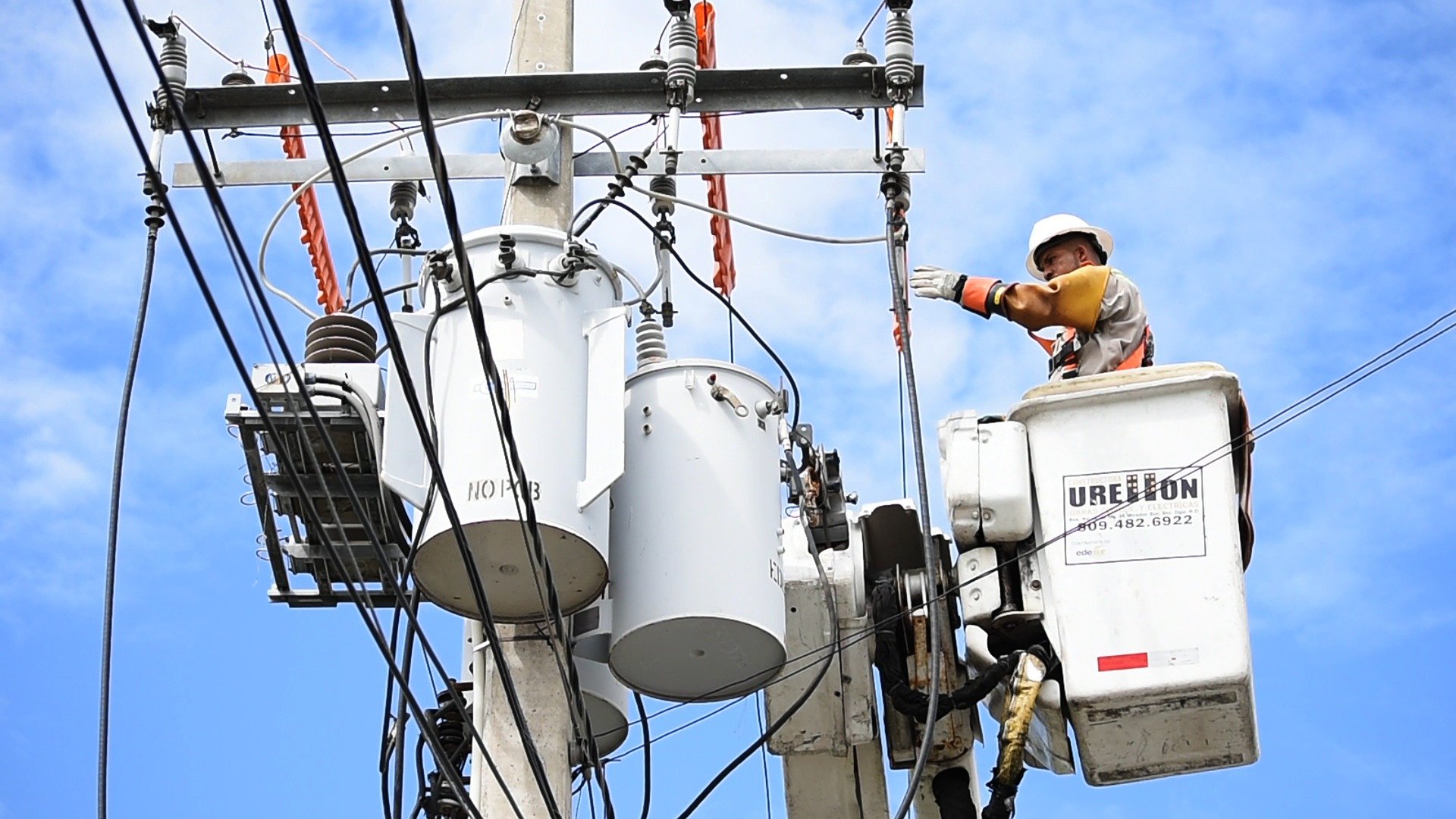
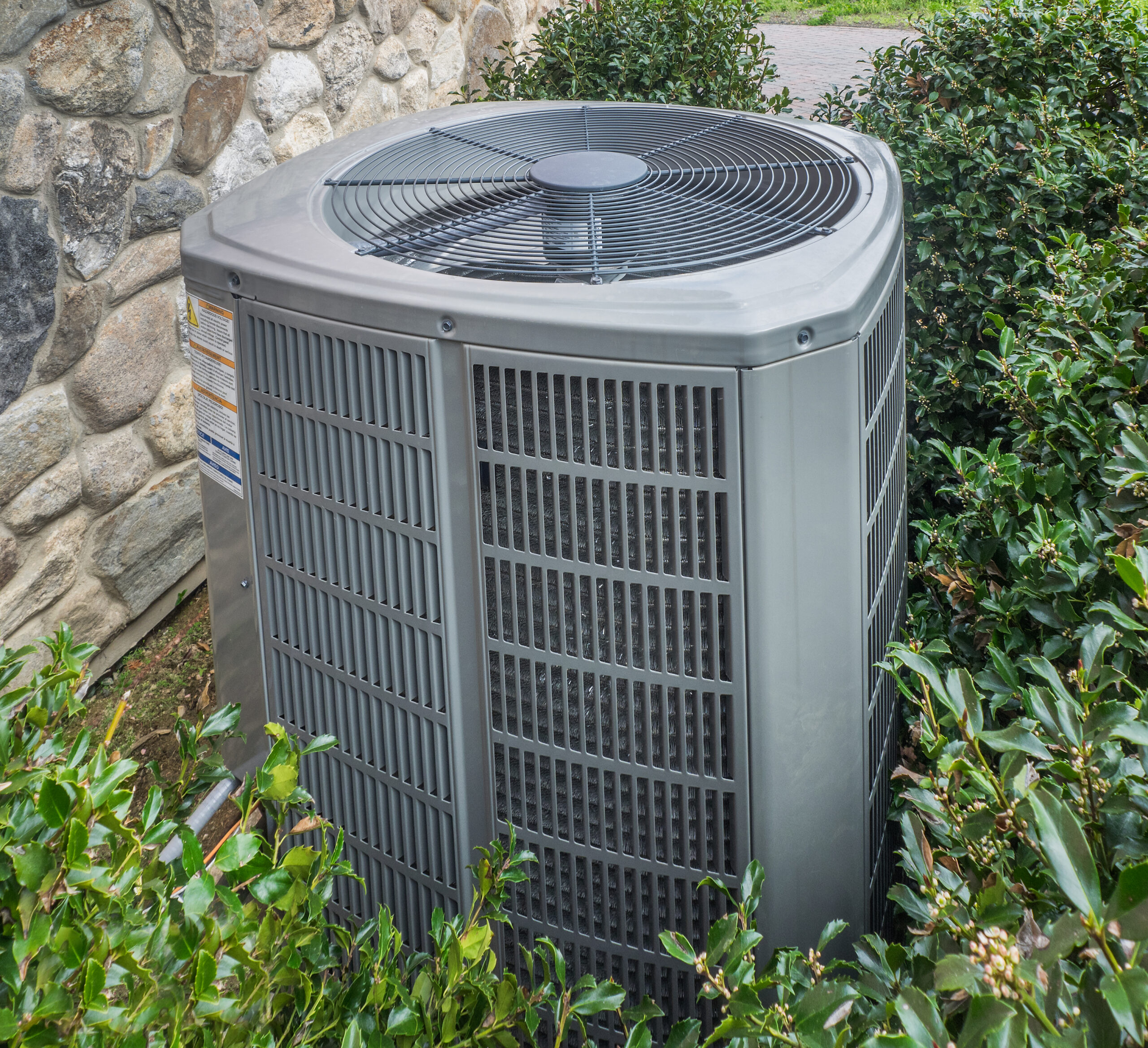 Knowing the age, brand, and other characteristics of the damaged equipment will be important while settling an HVAC claim.
Knowing the age, brand, and other characteristics of the damaged equipment will be important while settling an HVAC claim. Contractors may recommend full replacements of HVAC systems without first proving cause of loss and scope of damage – both of which affect settlements.
Contractors may recommend full replacements of HVAC systems without first proving cause of loss and scope of damage – both of which affect settlements.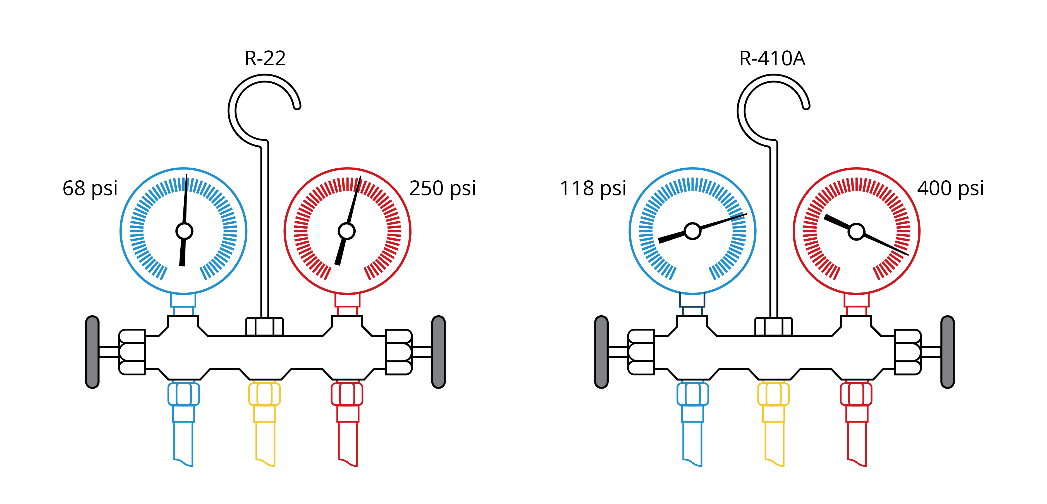 HVAC systems have different types of refrigerant that aren’t interchangeable and have varying constraints, such as the pressure requirements shown here. All equipment needs to be compatible for the policyholder’s system.
HVAC systems have different types of refrigerant that aren’t interchangeable and have varying constraints, such as the pressure requirements shown here. All equipment needs to be compatible for the policyholder’s system.
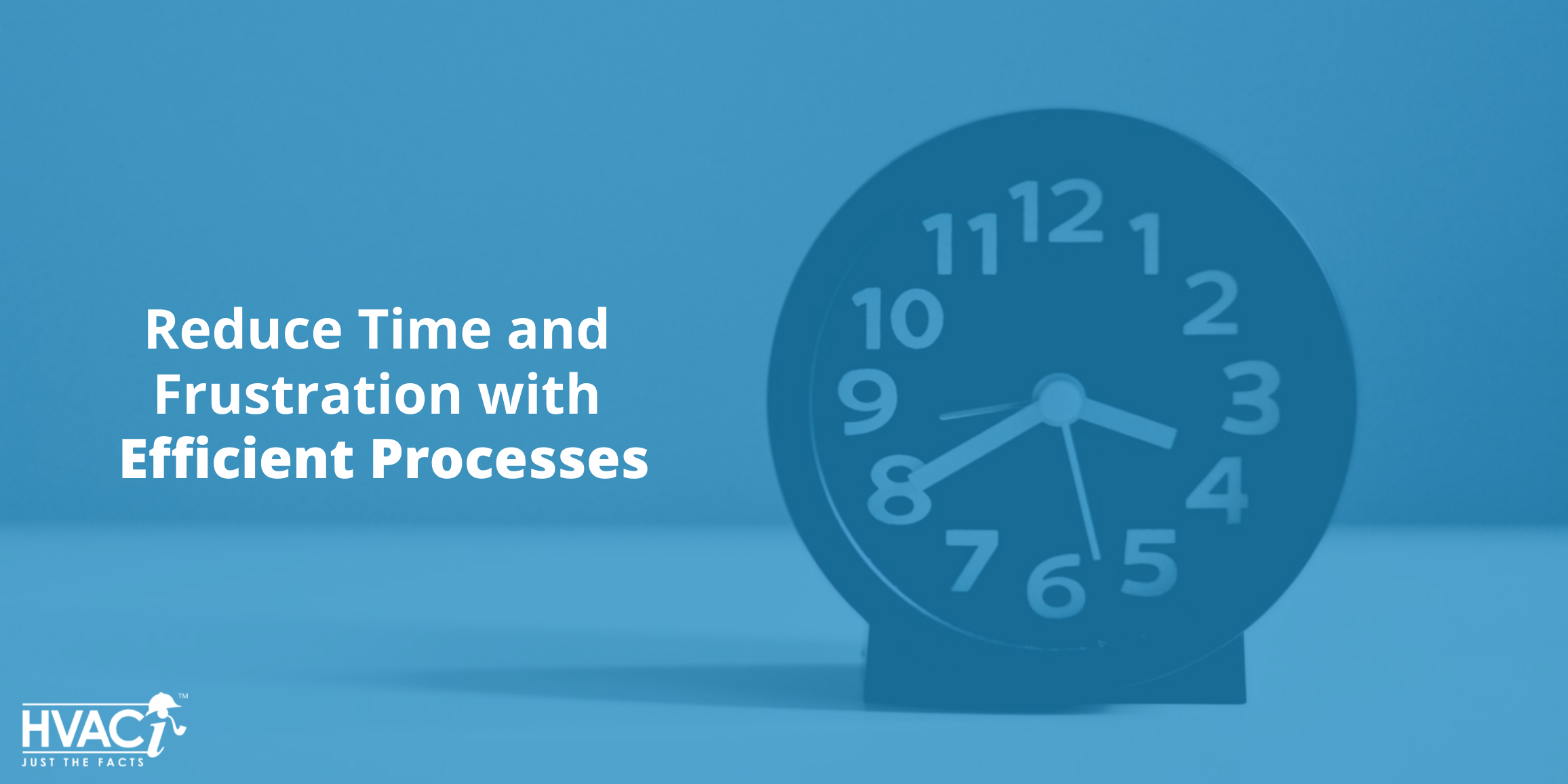
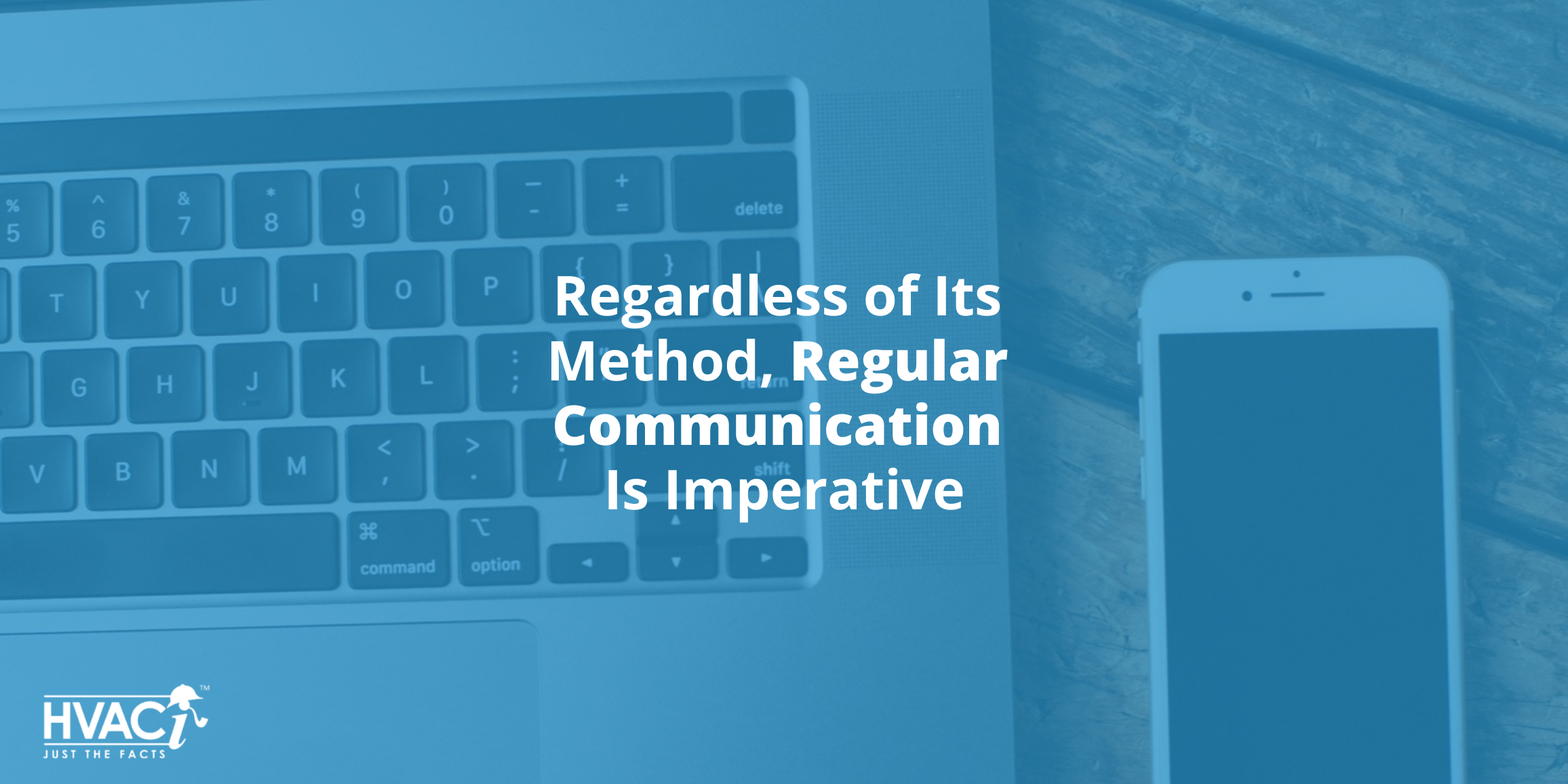


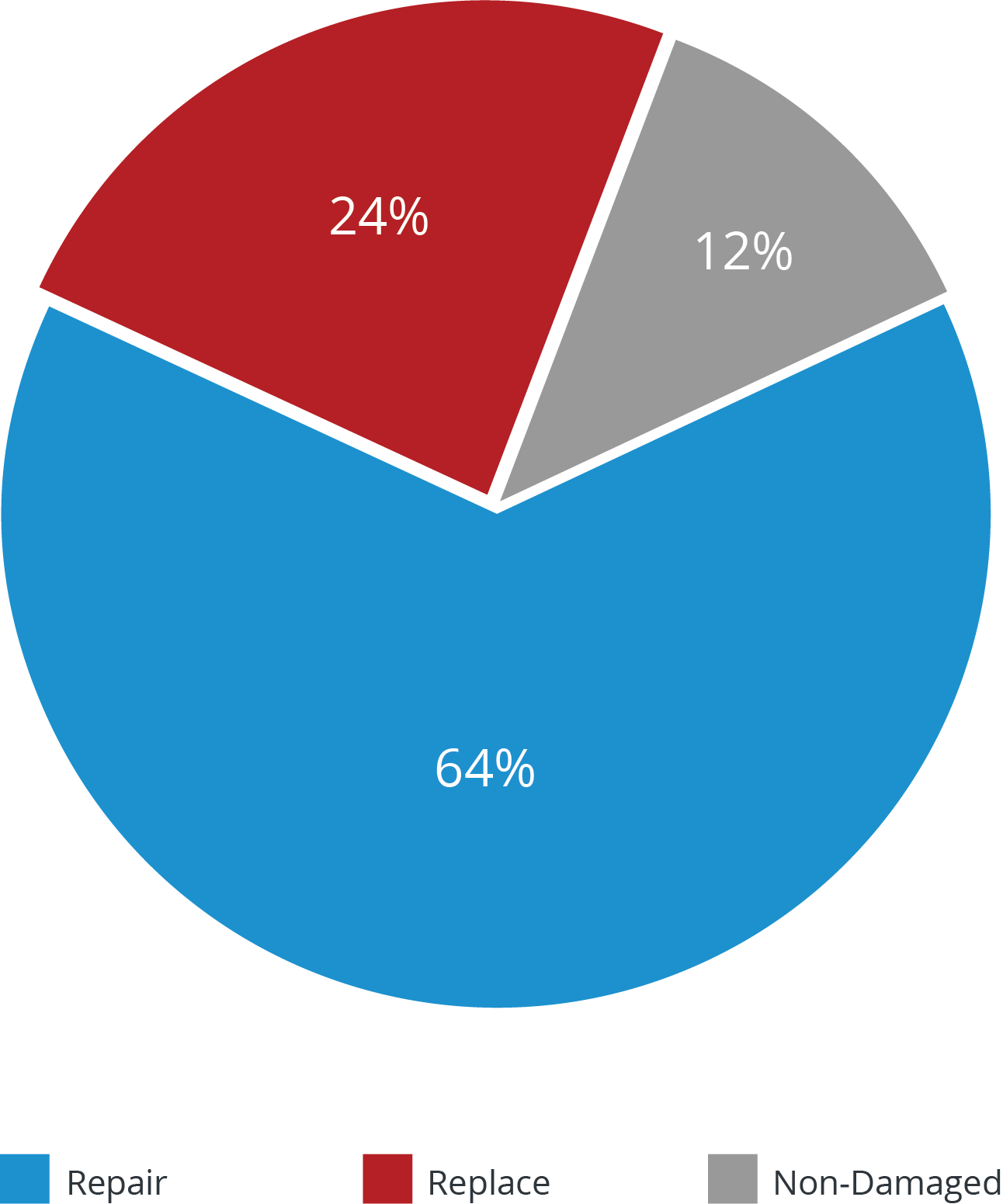 The percentage of residential HVAC systems that required a full system replacement totaled less than a quarter of all the systems HVACi assessed last year.
The percentage of residential HVAC systems that required a full system replacement totaled less than a quarter of all the systems HVACi assessed last year.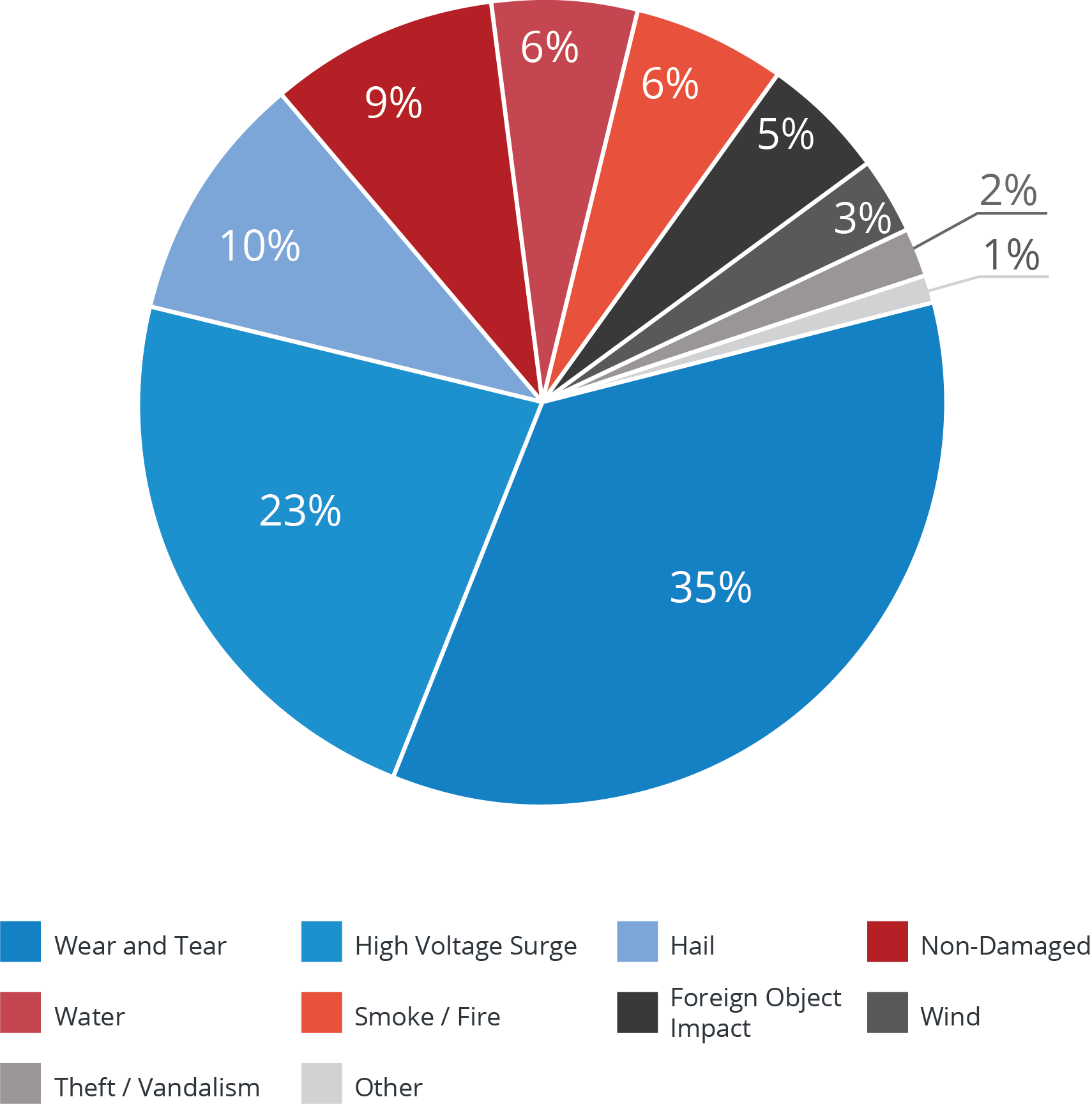
 Thorough testing should be completed on all equipment, regardless of how many systems are included in each claim.
Thorough testing should be completed on all equipment, regardless of how many systems are included in each claim.  Not double-checking equipment estimates could result in settlements that are higher than they should be. Photo Credit: “Accountant” by Shutterbug 75 / CC BY 4.0
Not double-checking equipment estimates could result in settlements that are higher than they should be. Photo Credit: “Accountant” by Shutterbug 75 / CC BY 4.0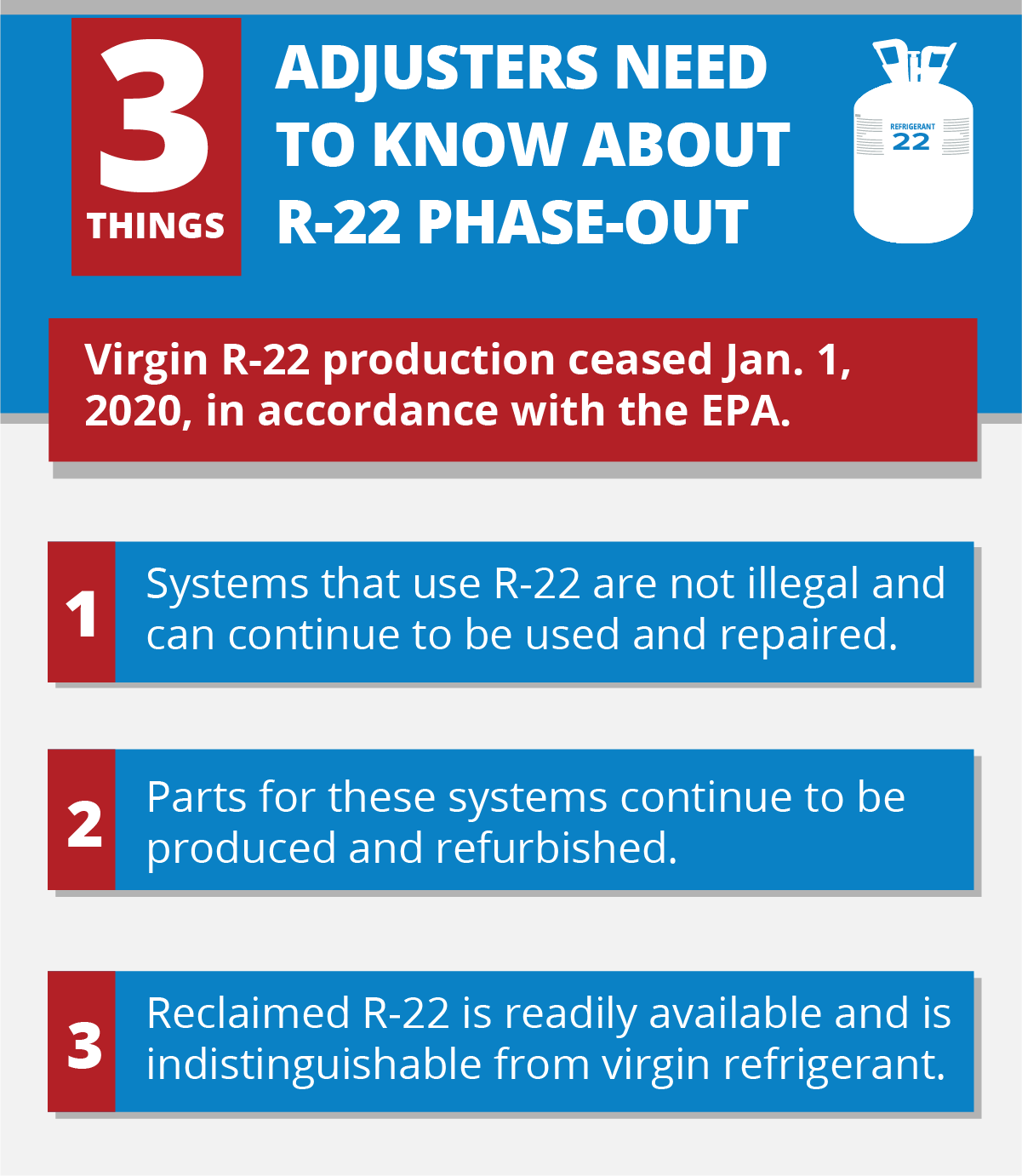 Policyholders, contractors, and adjusters may misunderstand changing regulations or believe untrue or misleading information about them. It’s important to know exactly what they entail to make accurate settlements.
Policyholders, contractors, and adjusters may misunderstand changing regulations or believe untrue or misleading information about them. It’s important to know exactly what they entail to make accurate settlements. 